Empowering Connections: Enhancing PWD Accessibility through Technology
In today’s digital age, technology has become a part of our daily lives. It has revolutionized the way we communicate, work, and navigate the world. However, accessing and controlling technology can often present significant challenges for people with disabilities (PWDs). Fortunately, technology has advanced to the point where systems have been created to break down barriers between PWDs and technology. Advancements such as speech recognition and voice command systems have emerged as powerful tools in breaking down barriers and empowering PWDs to fully participate in the digital world.
People with disabilities face numerous challenges when using technology for a few reasons. Some might find it hard to move their bodies, making it tough to use things like a keyboard or mouse. Others might have trouble seeing what’s on a screen or understanding how to use complicated stuff. And some might find it hard to think quickly or remember things when using technology. These challenges can significantly impact the independence and quality of life of PWDs, limiting their access to education, employment, and social opportunities.
How can technology help them?
Voice recognition and text-to-speech tools are important for helping people with disabilities to use technology. These tools let them talk to their devices instead of typing, making it easier to send texts and emails. They can also use computers without needing to use a mouse or keyboard, make calls with just their voice, and even send messages using speech recognition apps.
Speech recognition has been around since the 1950s, but faster processing enabled by the development of personal computers propelled it into widespread use, gaining popularity when Google voice search and Siri were eventually developed. Voice assistants such as Siri, Alexa, and Echo allow easier communication for people with impairments, as they describe text and images to people in order to communicate and understand things more effectively.
Additionally, speech recognition technology lets people with speech difficulties use voice-activated smart assistants and smart home gadgets. This means they can control things around their home without needing much help from someone else, enabling them to live more independently.
Text-to-speech tech is another big help for people who have trouble speaking. It turns written words into spoken words, letting them communicate by having their device talk for them. This makes it easier for them to get information and express themselves.
By enabling PWDs to access and control technology through speech recognition and voice command systems, we can promote greater independence, inclusion, and participation in society. Whether at home, in the workplace, or in educational settings, these technologies empower individuals to communicate, learn, work, and engage with the world on their own terms. Moreover, by recognizing and addressing the unique needs of PWDs, we can build a more equitable and accessible digital landscape for all.
Conclusion
The integration of speech recognition and voice command systems into technology has opened up new avenues of accessibility and empowerment for people with disabilities (PWDs). By bridging the gap between users and digital interfaces, these advancements facilitate greater independence, inclusion, and participation in all aspects of life.
While speech recognition and voice command systems offer access and benefits, there are still limitations that should be addressed in the quest to empower individuals with disabilities. Issues like the cost of these technologies, how comfortable people are using them, and not having enough money or resources can hold some individuals back. To truly empower all individuals, concerted efforts are required to make these technologies more affordable, provide targeted education and training programs, and ensure equitable access to resources and support services.
As we continue to prioritize accessibility and innovation, we move closer to realizing a more equitable and inclusive digital society where every individual, regardless of ability, can fully engage and thrive.
References:
- A short history of speech recognition. (n.d.). Sonix. https://sonix.ai/history-of-speech-recognition
- A guide to voice-activated technology. (n.d.). Verizon. https://www.verizon.com/articles/speech-recognition-technology/
Published on March 4, 2024.
Stay tuned for new blogs every Monday!
Follow the iMPACT Magazine on social media for more informative content.






